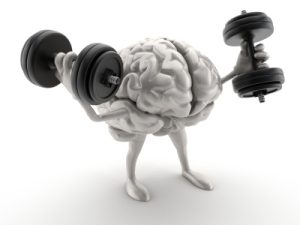WHAT ARE SMART DRUGS?
A smart drug can be defined as a pharmacological substance used for the induction of improvement in numerous cognition facets like memory and attention. A number of pharmacological interventions have the purpose of bringing improvements in cognition in particular neurological and psychiatric disorders like schizophrenia, Alzheimer’s disease, Attention Deficit Hyper-Activity Disorder (ADHD), and mild cognitive impairment (MCI). As a consequence, enhancement of cognition leads to a better quality of life as the individual is able to improve his/her functional outcomes. For this reason, both young and aged healthy populations around the world are considering the attainment of enhanced cognition through the employment of smart drugs (Stolerman, 2010).
 There is a very special category of drugs, kindly referred to as “Smart Drugs,” called Nootropics. These types of drugs have, through a number of different means, are able to enhance memory, recall, cognitive and concentration on tasks at hand, particularly in people who suffer from conditions like dementia, Alzheimer’s disease, and varied instances of brain trauma, either through injury or disease. Research has determined that the bulk of nootropics are non-toxic, are beneficial, and carry few if any side effects that anyone need be concerned with, when taken in correct doses. In fairness, however, while research into these drugs has been consistent since the 1960s, there are still some aspects of nootropics that remain a mystery to experts. For example nootropics, like many drugs, does not affect every single person in the exact same ways with the same doses of the same substance. However, the majority of research is positive and promising. Two of the most common nootropics are Oxiracetam and Pramiracetam; understanding how they are similar and different requires a closer comparison.
There is a very special category of drugs, kindly referred to as “Smart Drugs,” called Nootropics. These types of drugs have, through a number of different means, are able to enhance memory, recall, cognitive and concentration on tasks at hand, particularly in people who suffer from conditions like dementia, Alzheimer’s disease, and varied instances of brain trauma, either through injury or disease. Research has determined that the bulk of nootropics are non-toxic, are beneficial, and carry few if any side effects that anyone need be concerned with, when taken in correct doses. In fairness, however, while research into these drugs has been consistent since the 1960s, there are still some aspects of nootropics that remain a mystery to experts. For example nootropics, like many drugs, does not affect every single person in the exact same ways with the same doses of the same substance. However, the majority of research is positive and promising. Two of the most common nootropics are Oxiracetam and Pramiracetam; understanding how they are similar and different requires a closer comparison. There is a very special category
There is a very special category